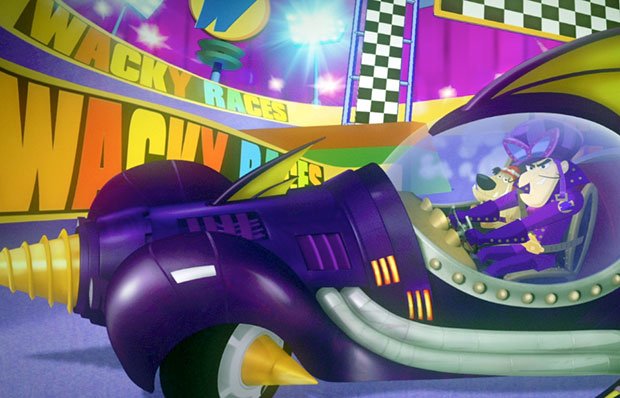Cracking YouTube Kids
By Gary Pope
08-12-2020
Kids Industries’ co-founder lists the five things kids’ brands and animation studios need to know before they take their animated series to YouTube.
In 2020, 82% of the world’s total internet traffic will be video-based and a lot of that will originate on YouTube. Launched in 2005, YouTube has two billion active monthly users and 30 million active daily users, while 500 hours of content are uploaded every minute to this behemoth of a platform.
A recent study undertaken by Kids Industries showed 53% of children aged seven and eight said animation was their favourite kind of VoD, followed by 40% of 9-10s and 36% of 11-12s. YouTube is the platform of choice for 51% of 3-4s, who spend an average of eight hours and six minutes a week watching content on it.
These stats, combined with speed to market, control and, of course, commercial opportunity, make it easy to see why YouTube is such a strong proposition for brands targeting families and children. What’s more, for the first time ever, animation studios and consumer products are being asked by retailers, ‘What is your YouTube strategy?’ They want to know children will have access to their favourite shows and they recognise YouTube is a fundamental pillar of our ‘always-on’ culture.
But before you rush in head-first, it’s important to be aware that creating content for YouTube Kids is very different to creating content for the main YouTube platform.
YouTube Kids is not YouTube
YouTube Kids is a separate and standalone service aimed at kids and families. The user experience and user interface have been designed for children, unlike YouTube. The curation systems are different, the monetisation policies and practices are different, the advertising restrictions are more stringent. The homepage is manually curated with a customisable search function that works with voice. It is a much more considered and sensitive product. It is a product designed for children.
The family audience has not fully shifted yet but it is moving. Over the past 18 months, the aggressive promotion of YouTube Kids seems to be having an impact, with so many parents downloading the apps that it is number one consistently in many of the 100 markets in which it is now available, giving you control of your content and the chance to get it seen around the world.

‘Snackable’ toons like Wacky Races fit well on YouTube Kids
Child-centricity trumps everything
If you make content for children that enables, empowers and inspires them to explore, that is child-centric, then it’s likely you will find some traction with either platform.
To be successful, think efficacy. Your content must be as effective as possible from every perspective; children have tons of places where they can get content and they know it, so you have to grab them and keep them.
But responsibility is paramount. Of course you want to monetise, but this comes with a set of challenges that need to be navigated. For example, did you know a real-life YouTube human manually reviews every ad submitted to YouTube Kids, and that YouTube Kids has the strictest ad policies in a commercial setting that I know of?
In spite of this, there are brands that sit across YouTube Kids and YouTube that have successfully broken into the global consciousness and scored incredible commercial successes.
Cocomelon is the second biggest channel globally, making (according to Bloomberg, 2020) US$11.3m a month, or US$130m a year. Little Baby Bum is reported to make US$36m a year. They also released a merchandise line with Little Tikes for plush and role-play last year. Pinkfong, the creators of Baby Shark, made US$7-14m through YouTube ads from ‘that song’ and, in June last year, Viacom greenlit an animated series.
Content is different for YouTube
Content creation for YouTube needs to be different – in form, in terms of financials and in production.
Linear TV has defined how we create, but those rules need to be unlearned. Your content has to be designed to be broken up, repurposed and exploited across multiple channels and, indeed, in multiple ways across You Tube itself. Although you can’t copy-paste from linear TV to YouTube, you may be able to take it the other way and port your YouTube content on to SVoD or even, shock horror, linear television. Just look at what Moonbug has been doing.
In terms of cost, you can expect to produce content at between 10% and 20% of the usual cost of animation.
The digital native doesn’t give a monkey’s about the brand, they care about the content. You need to deliver on the promise, not only of the content, but also of the platform.
Wacky Races is a great example – a race with lots of shenanigans between goodies and baddies and a fairly limited set of camera angles. It starts, it has lots of action, it ends. It’s perfect for the snacking seven-minute mentality of children. Stick it on YouTube and it will probably do very well. But take Scooby-Doo and things are different. It is more complex and requires us to build tension in the first act. Three minutes in, the children have switched off and clicked elsewhere.

The YouTube Kids app’s promotion is having an impact
Audience is president
Content is still important but it’s no longer king, it’s been gazumped by the audience, which is president. It is key to remember you are no longer creating to the whim or content strategy of the broadcaster or SVoD, you are creating for children. You must grab your audience’s attention quickly by creating characters that are instantly accessible, dispensing with some of the niceties of plot development and making sure what you are showing is relevant to who they are and what they want (yep, we’re going back to Wacky Races).
And this poses you, the creators and producers, with some very specific challenges. How can you shift the way you think about character and plot to engage in this new paradigm effectively? While it’s rare for broadcast partners to give you really usable data, YouTube does and this will help you to make informed decisions. Being able to identify the deep-rooted needs of your audience means you can influence the creation of new, exciting and relevant content streams.
But this is a service that has a wide church – three- to 12-year-olds and up to four developmental stages. The power of YouTube Kids is that it facilitates a dialogue between an audience and the creators. And interestingly for us, and perhaps increasingly worryingly for many, it cuts out the middleman. That direct relationship between the audience and the creator is what makes the audience president.
Discoverability is about more than tags
Discoverability may be point five, but in many ways it’s the most important and it’s all down to you. You must do your research, know what people are looking for, get your tagging right. YouTube Kids is a mix of algorithmic filtering and human checks, which means discoverability is not in the lap of the gods like on YouTube main. There is a smaller corpus of content, which means quality can be more closely considered by curators: actual human beings.
According to Gregory Dray, MD for international at YouTube Kids, as a result of the content policy changes Google has made to YouTube Kids, quality has become very important, so low-value videos, which are not really enriching to kids, are not likely to be pushed to the home screen.
So, if quality can be discerned by the human eye after all, what makes something break through? And does quality mean it has to be expensively made? Dray says not. Instead, he says, it’s all about the value for kids. The educational value and also the degree of enrichment – and this doesn’t mean spending US$10,000 or US$20,000 per minute.
Discoverability is the other issue but, as YouTube production expert Christopher Skala explained to me, putting it out there doesn’t necessarily mean anyone is going to watch it. How you get up into the algorithm is largely dominated by lightning strikes and in his advocacy of digital versus linear over the last seven years, he hasn’t come up with a satisfactory answer for the discoverability problem.
In fact, when it comes to determining whether your show surfaces, there’s a whole gamut of things at play, some you can control (like the length of the show) and others you can’t. 3 Migos’ Martin Lowde believes it’s a question of trial and error a lot of the time. What his team has found is that, if they are producing good content of a certain time length, tag it and SEO it right and share it in the right way, they get viewers coming to them in their hundreds of thousands.
But if you don’t have a bucketload of cash to throw at ads, what’s the best thing you can do? At the very least, make sure your content is as good as it possibly can be for the children and only you – as professionals – can determine what that means for your IP.
This is an abridged version of a presentation titled YouTube First? 5 Things You Needs to Know given by Gary Pope at the Children’s Media Conference’s ABC 2020 event in November.















.jpg)




























